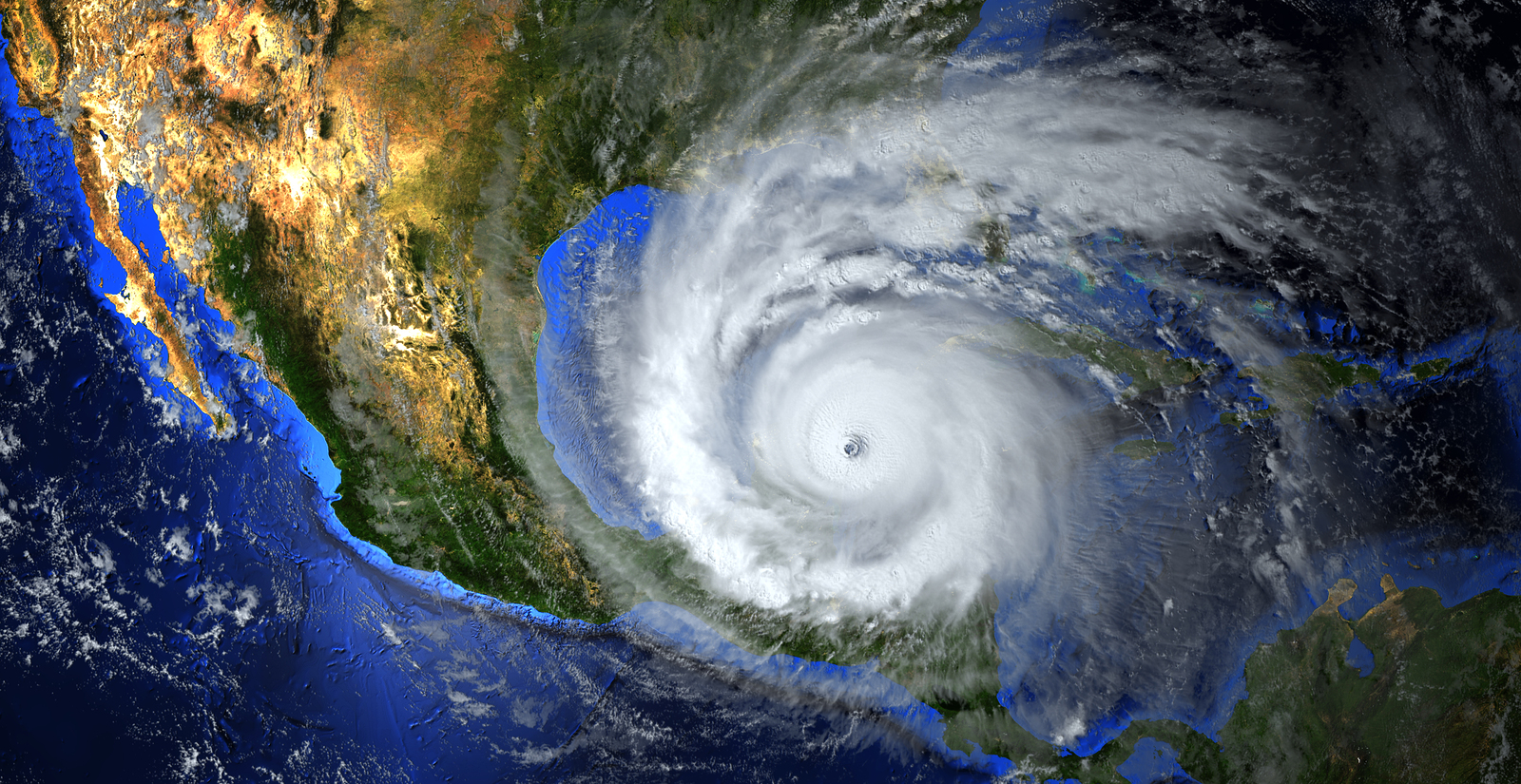Each September, since 2004, National Preparedness Month “reminds Americans to be prepared for disasters or emergencies in their homes, businesses, and communities,” according to Ready.gov.
And, how is this working out for us?
After 15 years, 75 percent of us have set aside emergency supplies but fewer than 50 percent of us have an emergency plan.
After compiling your supply kit, it’s important to make an emergency plan for the family. To be completely prepared, you may want to get some emergency preparedness training.
Prepared for what?
According to the president’s annual proclamation, preparedness is not meant for only weather and natural disasters. Since those are the most common, let’s start there.
If you live in a disaster-prone area, you’ll want to take extra precautions. Just in the past few years, Americans have experienced catastrophic losses from:
- Hurricane
- Wildfire
- Tornado
- Flood
- Volcanic eruption
- Earthquake
But there are other dangers to prepare for as well:
- Hazardous materials leaks and spills
- Extreme heat and cold
- Power outages
- Active shooter
- Terrorist-related incidents
- Drought
- Landslide
- Tsunami
- Infectious disease outbreaks
- Community unrest
- Nuclear explosion
Yes, the list can be frightening, especially if you’re unprepared. In fact, the 2019 Preparedness Month theme is “Prepared, Not Scared.”
Take the following steps now to increase your family’s protection (both physical and financial) in the future.
Get insured
“Insured losses due to natural disasters in the United States in 2018 totaled $52 billion,” according to the Insurance Information Institute. While that sounds like a rather large chunk of money, consider 2017’s losses: $78 billion.
More than one-third of those losses were due to droughts, wildfires, and heat waves. Other losses incurred were due to tropical, winter, and severe thunderstorms, floods, and earthquakes.
It is estimated, however, that half of the total dollar amount of losses caused by natural disasters are uninsured. The costs are therefore passed on to the victims or the taxpayers.

Natural disaster damage that is not covered under standard homeowners’ policies includes:
- Floods – If you live in an area prone to flooding, you can purchase insurance coverage through the National Flood Insurance Program. Learn more about it at Fema.gov.
- Earthquakes – Most large insurers offer either separate earthquake coverage or an endorsement of your current policy.
If you cannot afford to replace your home, either in its entirety or any portion that is damaged, purchase insurance.
Protect important paperwork
Gather, copy and protect all of your vital documents. These include:
- Driver’s licenses
- Adoption papers
- Social security cards
- Birth certificates
- Passports
- Citizenship papers
- Child custody papers, military ID, or DD Form 214
- Current photos of your pets along with copies of vaccination records and chip ID numbers.
- Title to your home or loan information
- Car registration
- Insurance policies (homeowners, flood, earthquake, auto, life, etc.)
- Health insurance cards
- Detailed photos of the home and its contents
Ensure that physical copies of the documents are kept away from the home, such as in a safe deposit box or with a relative in an area not prone to disaster.
Stash cash
The experts at Ready.gov suggest that the average family should have cash in the amount of $2,400. Yes, that’s easier said than done. Any amount of cash will help, so start small and keep adding to your stash.
Prepare an emergency kit
Supplies that you’ll need during the recovery from the disaster vary according to the size of your family, your age and the ages of your children, the weather, and more.
For instance, older Americans living alone won’t have to stock up on baby formula and diapers but may want to ensure they have an extra prescription and over-the-counter medications they use frequently.
For a good overview of what to consider adding to your supply list, consult Fema.gov. And, don’t forget your pets. Although this list at TheSeniorDog.com is based on the needs of a senior dog, it can be used for any dog or cat.
Add to the list collars, harnesses, leashes, feeding bowls, and food.
Develop a family emergency response plan
The chances are good that your family won’t be together if a disaster hits. How will you contact one another? Where will you meet up?
Especially if your children are young, a family emergency plan is imperative. Get help creating one online at USA.gov.

